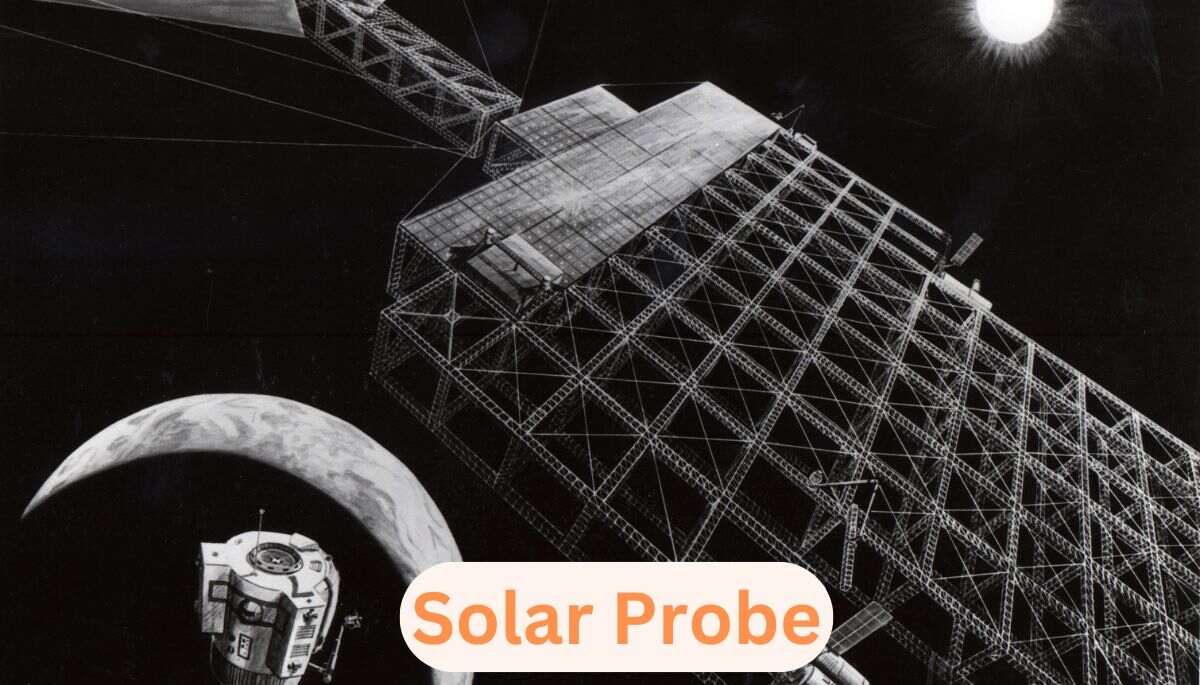NASA’s Parker Solar Probe Achieves Unprecedented Proximity to the Sun
Key Takeaways:
- Historic Milestone: NASA’s Parker Solar Probe achieved an unprecedented close approach to the Sun, coming within 3.8 million miles of its surface on December 24, 2024.
- Record-Breaking Speed: During this perihelion, the spacecraft reached velocities up to 430,000 miles per hour, making it the fastest human-made object to date.
- Successful Data Transmission: A beacon signal received on December 26 confirmed the probe’s health and operational status, with detailed telemetry data expected by January 1, 2025.
NASA’s Parker Solar Probe Achieves Unprecedented Proximity to the Sun
On December 24, 2024, NASA’s Parker Solar Probe accomplished a groundbreaking feat by approaching within 3.8 million miles of the Sun’s surface. This mission, part of NASA’s Living With a Star program, is designed to study the Sun’s outer corona and gather data on solar wind and magnetic fields.
Mission Overview
Launched in 2018, the Parker Solar Probe utilizes a series ofists to gradually decrease its orbital perihelion, enabling closer approaches to the Sun over time. The spacecraft is equipped with a robust Thermal Protection System (TPS), an 8-foot heat shield capable of withstanding temperatures up to 2,500 degrees Fahrenheit, ensuring the instruments remain at a manageable temperature.
Recent Achievements
During its latest perihelion on December 24, 2024, the probe reached a record speed of 430,000 miles per hour, making it the fastest human-made object. A beacon signal received on December 26 confirmed the spacecraft’s health and normal operation. Detailed telemetry data is anticipated by January 1, 2025, which will provide deeper insights into the Sun’s corona and the mechanisms driving solar wind.
Scientific Significance
The data collected by the Parker Solar Probe is expected to enhance our understanding of solar phenomena, including:
- Solar Wind Acceleration: Investigating the processes that accelerate solar wind particles to high velocities.
- Coronal Heating: Understanding why the Sun’s outer atmosphere is significantly hotter than its surface.
- Magnetic Field Dynamics: Studying the Sun’s magnetic fields to comprehend their role in solar eruptions and space weather events.
Future Prospects
The Parker Solar Probe is scheduled to continue its mission, with subsequent perihelia planned to gather more data. These observations are crucial for improving space weather forecasting, which can impact satellite communications and power grids on Earth.






